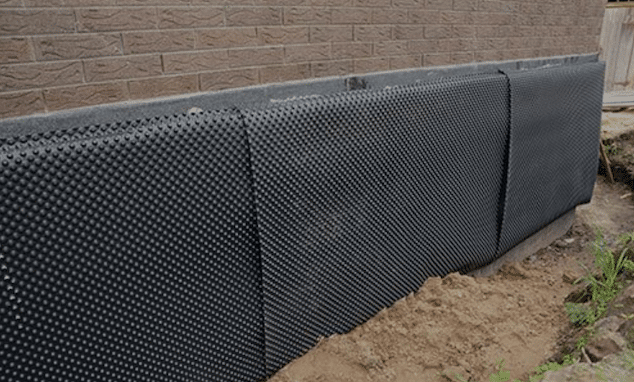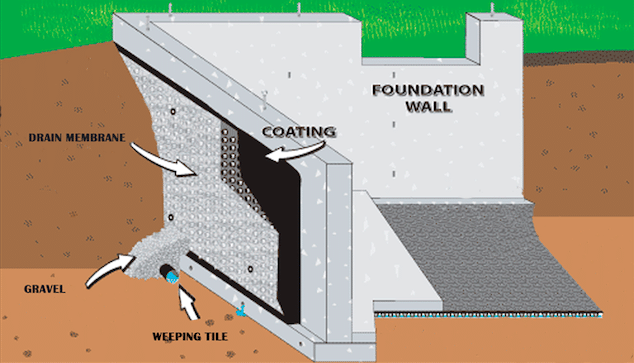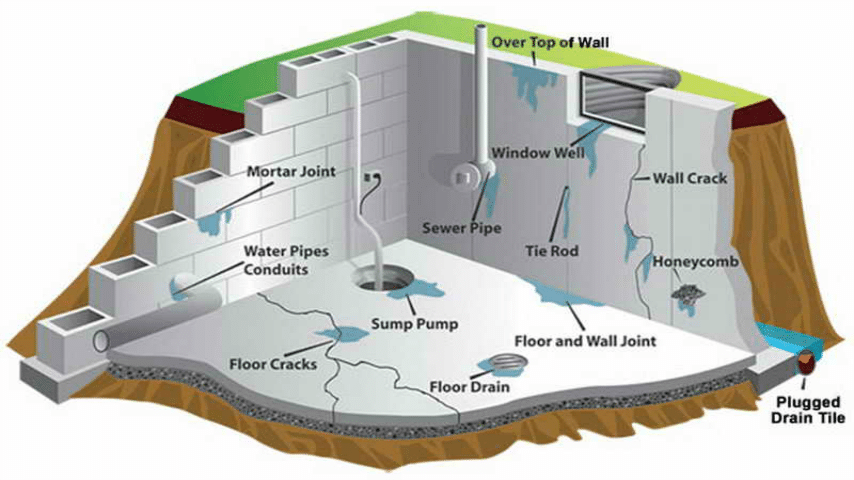
Planning to carry out basement waterproofing? Here are essential things you should know before you start your project.
Have you ever asked yourself how your home is constructed right from the foundation to the roof? Whether you have or you haven’t, there is one thing that you ought to understand; the strength and beauty of any structure lies in its foundation.
When builders are planning to build a house, the first thing to come up with is a big hole which is the foundation of the house. Foundation lies in the basement and it is what defines the strength of your home. Therefore, if the foundation is compromised, the stability of the entire home is put to risk. That is why basement waterproofing is essential during and even after the construction of the house which should be done as regular maintenance.
The reason is that there are small gaps that allows water to get into your basement and finally end up on the flow and the walls of your house. As time passes by, you will start noticing wetness on the walls, and it is this time you notice that you need basement waterproofing.
Here are some vital things you need to consider according to one Toronto based vendor:

1. Waterproofing Basement Walls.
a. Remove The Dirt
A dirty surface should be cleaned first by removing any loose dirt or effloresce and any powdery substances. Ensure that oil-based paints on the walls are also removed before you conduct basement waterproofing.
b. Patch The Holes
Any holes in the basement cinder-block would require some patching using hydraulic cement. For efficient patching ensure that the hydraulic cement is pushed completely to cover the cracks and the crevices to seal off the crevices completely. The cement will become hard and dry quickly, thus the need for time efficiency when applying the hydraulic cement. Allow the cement to dry off completely before proceeding with the next step.
c. Apply Waterproof Coat
By using a masonry brush, apply the first coat on the cinder block walls preferably he DryLock or Sundry paint. Dip your paintbrush in the paint coat and use it to stroke on all directions of the wall to ensure that you paint through the crevices very well. Ensure that the paint is much thicker than ordinary paint wall for efficiency. Allow your wall to dry completely; this will take approximately 12 hours.
d. Cover Your Wall With More Paint Coat
Most people will go for the second or third coat, and you can even apply more than these to achieve proper basement waterproofing. To achieve an even strong layer, it is prudent if you use a thick-nap roller brush on your wall. Keep applying the layers of paint on your wall. Eventually, you will not see the pigment of your brick as there will be a much thicker layer of the paint on your wall.

2. Basement Foundation Concepts
a. External Waterproofing System
You can also choose to apply waterproof on the external side of your wall. Your building will be protected from exposure from the external and underground water. For this, you will need to use waterproofing mortars and coatings on the external part of your house. This method of basement waterproofing, however, only applies to new buildings and can give waterproofing and concrete protection; the method offers high to low durability.
b. Internally Applied Waterproofing
Sometimes you might choose to apply waterproof on the internal parts of your house, which is sometimes referred to as the negative side. This type of waterproofing does not prevent your building from getting damaged by water. This system of basement waterproofing involves the use of paints and coats that prevents moisture from seeping into the house. The method of waterproofing is only applicable for refurbishment and as an additional measure to prevent water from seeping into the house. The method has limited durability since the whole building will not be protected but the internal part only is protected.
c. Integral Basement Waterproofing System
The structure is entirely protected, and water does not easily pass through the concrete since the joints are sealed from both the inside and outside. The products used are watertight and the whole structure through the connections and joints is completely sealed from water seepage. This type of sealing is best for new constructions and is highly durable for most groundwater seepages.






